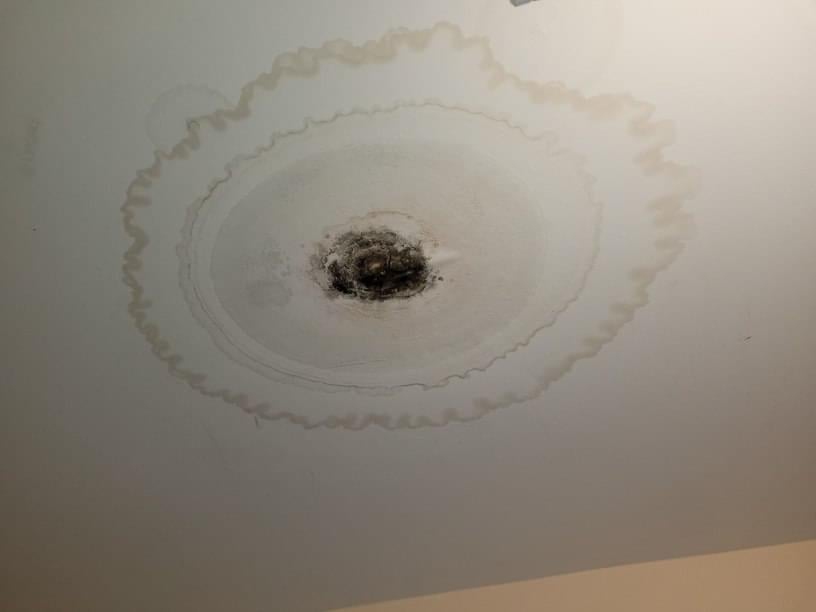Locating Hidden Water Line Leaks: Six Smart Methods
Locating Hidden Water Line Leaks: Six Smart Methods
Blog Article
Listed here below you might get a good deal of high-quality news around Leaking water lines.

Early discovery of dripping water lines can minimize a possible calamity. In addition to conserving you cash, it will reduce the irritation and aggravation. The minute you locate a leak, calling your plumber for repair work is the best remedy. Nonetheless, some small water leaks might not be visible. Below are some hacks that help if you can not spot it with your naked eyes.
1. Take A Look At the Water Meter
Examining it is a guaranteed means that aids you find leakages. If it moves, that suggests a fast-moving leak. This suggests you might have a slow leak that might also be below ground.
2. Examine Water Usage
Examine your water costs and also track your water intake. As the one paying it, you should notice if there are any discrepancies. If you identify sudden changes, regardless of your usage coinciding, it implies that you have leaks in your plumbing system. Keep in mind, your water bill should fall under the very same array on a monthly basis. An unexpected spike in your bill shows a fast-moving leakage.
A steady increase every month, even with the very same behaviors, reveals you have a sluggish leak that's also slowly rising. Call a plumber to completely inspect your building, specifically if you feel a cozy area on your flooring with piping beneath.
3. Do a Food Coloring Test
When it involves water usage, 30% originates from bathrooms. Test to see if they are running properly. Decrease flecks of food color in the container and wait 10 minutes. If the shade somehow infiltrates your dish during that time without flushing, there's a leakage in between the tank as well as bowl.
4. Asses Exterior Lines
Do not fail to remember to check your outside water lines too. Needs to water permeate out of the connection, you have a loose rubber gasket. One tiny leak can waste loads of water and spike your water costs.
5. Inspect and also Analyze the Circumstance
Property owners must make it a practice to check under the sink counters and also also inside closets for any bad odor or mold development. These 2 red flags show a leak so punctual interest is required. Doing routine inspections, also bi-annually, can save you from a major trouble.
A lot more importantly, if you understand your residence is already old, keep a watchful eye on your heating systems, hose pipes, pipelines and so on. Check for discolorations and also weakening as most pipes as well as home appliances have a life span. They will also naturally degrade due to tear and wear. If you presume dripping water lines in your plumbing system, don't wait for it to intensify. Call a professional plumber immediately so you do not end up with a dreadful mess in your house.
Early discovery of dripping water lines can minimize a potential catastrophe. Some small water leakages might not be visible. Checking it is a guaranteed way that helps you discover leakages. One small leak can squander lots of water as well as spike your water costs.
If you presume leaking water lines in your plumbing system, do not wait for it to intensify.
How to Know If Your Home Has a Hidden Leak
Water Meter Reveals Inexplicable Water Usage
If you’d like to test whether or not there’s a leak somewhere in your home, you can do this using your water meter. Here is how to conduct the test:
Don’t use any water in your home for at least 30 minutes; this also means not turning on faucets or water-using appliances.
Go outside, and check your water meter for activity.
If your water meter shows that there was activity, even though no one was using any water, this proves that there is a leak in your home.Visible Mold or Mildew Growth
Leaks behind walls create moist, dark environments that allow mold and mildew to grow and thrive. Eventually, you might see mold growth forming on the wall closest to a hidden leak.
If mold is growing in an area that receives a high amount of moisture, such as a bathroom, it may simply be an indication that better ventilation is needed. However, if you see mold growth on a wall or the ceiling in an area where you would not expect, you probably have a hidden leak.
Musty, Mildew Odor
Sometimes you might not be able to see the mold or mildew that is growing as a result of a leak. However, the smell can give the problem away just as easily. If you catch a whiff of something musty, there’s a good chance that old water is collecting somewhere in your home that you can’t see.
Stained/Warped Walls, Ceilings, or Floors
When your home soaks up water, a variety of red flags can become visible, including ceiling stains, bubbling drywall, warped walls, and sagging floors. While these issues can be caused by excess humidity, they can also be signs that a pipe or plumbing connection has started leaking behind your walls.
Inexplicably High Water Bill
After a while, you get a general sense for what your water bill should be. If you own a pool or sprinkler system, your bill will tend to be higher during summer. However, if you receive a water bill that seems especially high, and you can’t figure out what caused it, then you may have a hidden leak somewhere that’s increasing your bill.
https://www.plumbingjoint.com/blog/2019/july/how-to-know-if-your-home-has-a-hidden-leak/

As a person who reads about Detecting hidden plumbing leaks, I was thinking sharing that piece of writing was important. Are you aware of somebody who is inquisitive about the subject? Take a moment to promote it. I take joy in reading our article about Leaking water lines.
Contact, be stress-free! Report this page